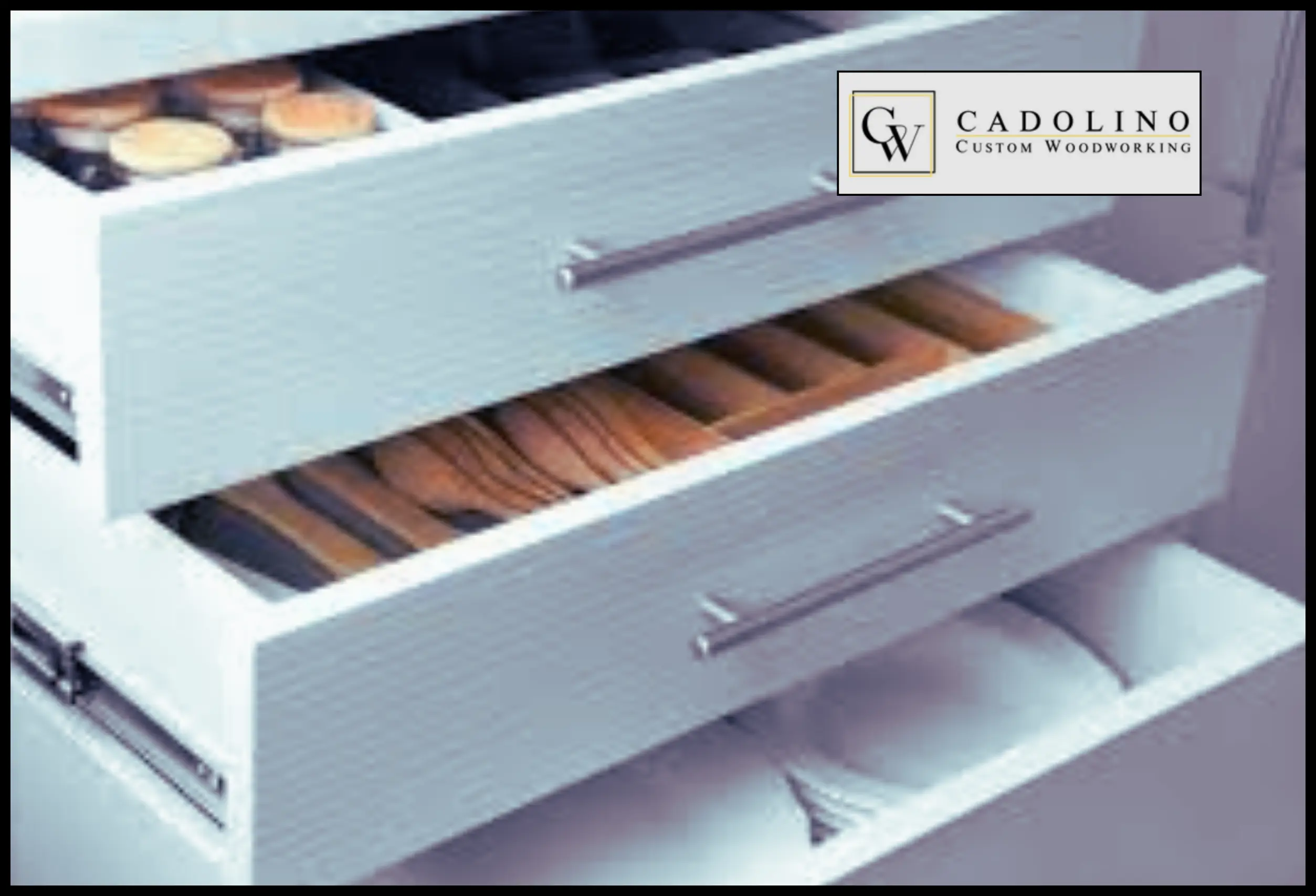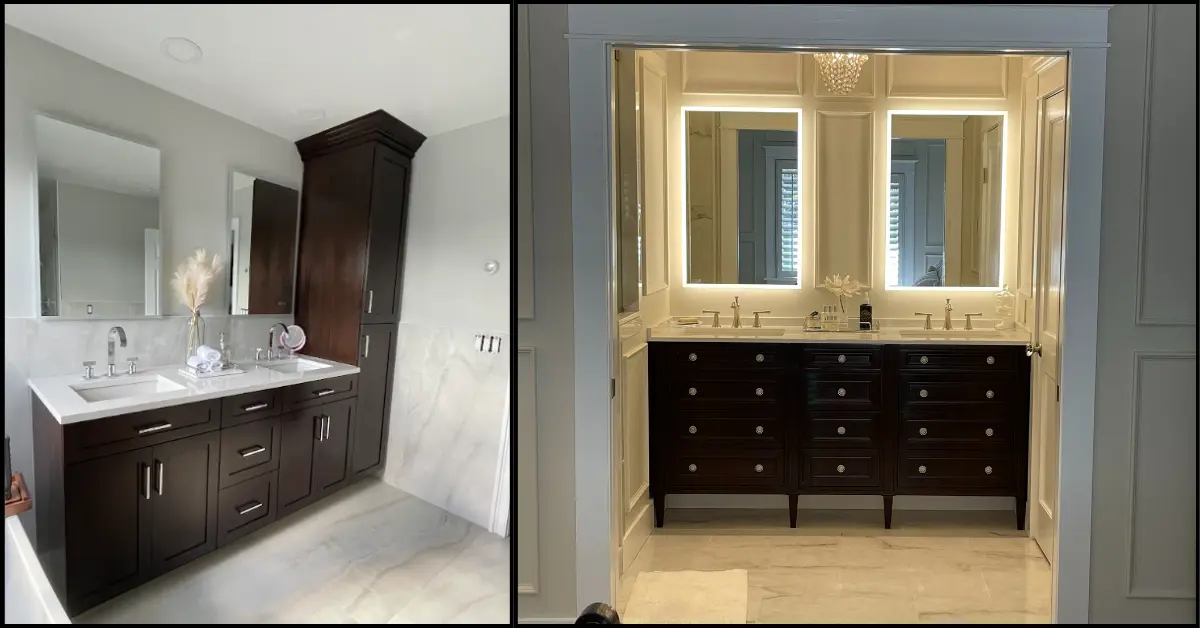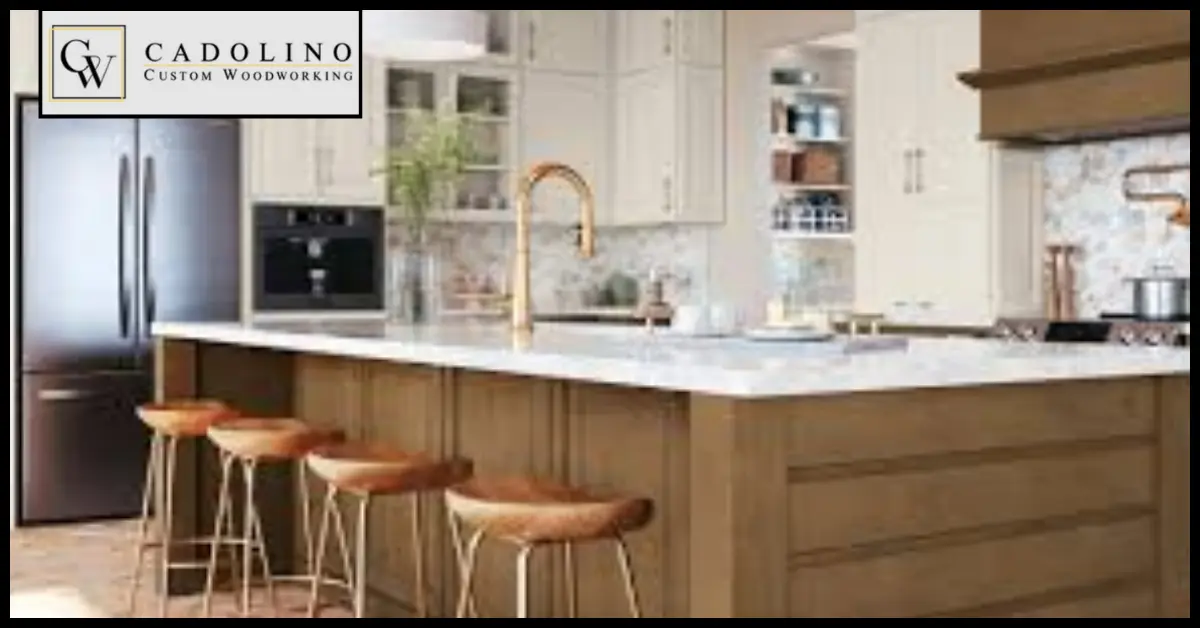Creating your own bathroom vanity is an exciting and rewarding project. That allows you to bathroom vanity sink your bathroom space to your style and needs. Whether you’re renovating an old bathroom or designing a new one, building a vanity yourself gives you full control over the materials, design, and functionality. This guide will walk you through the entire process, from planning to installation, ensuring your vanity is not only beautiful but also durable and practical.
Understand the Basics of a Bathroom Vanity
Before diving into the construction process, it’s essential to understand what a bathroom vanity entails. A bathroom vanity typically consists of a cabinet that houses a sink and provides storage for bathroom essentials. It often includes a countertop, faucet, and mirror. The vanity is a focal point in any bathroom, so careful consideration must be given to its design and functionality.
Materials Needed
Choosing the right materials is crucial for the longevity and aesthetic appeal of your vanity. Here are the primary materials you’ll need:
- Plywood or MDF: These are common materials for the vanity structure. Plywood is more durable, while MDF offers a smoother finish.
- Hardwood: For a more luxurious look, consider using hardwood for the vanity frame or doors.
- Countertop Material: Options include marble, granite, quartz, or even wood. Each has its own set of pros and cons in terms of maintenance and durability.
- Sink and Faucet: The sink can be integrated into the countertop or undermounted, while the faucet should match the overall design.
- Hardware: Handles, knobs, and drawer slides are essential for the functionality of the vanity.
- Paint or Stain: Depending on your desired finish, you’ll need high-quality paint or stain to protect the wood and enhance its appearance.
Tools Required
To ensure a smooth construction process, gather the following tools:
- Measuring Tape: Accurate measurements are critical.
- Saw: A table saw or circular saw will help you cut the wood to size.
- Drill: Necessary for assembling the vanity and attaching hardware.
- Sander: To smooth out any rough edges.
- Clamps: Useful for holding pieces together during assembly.
- Level: Ensures your vanity is perfectly even when installed.
- Screwdriver: For installing screws and hardware.
Step-by-Step Guide to Building a Bathroom Vanity
Step 1: Planning and Design
Start by measuring the space where your vanity will be installed. Consider the overall layout of your bathroom, including the placement of the plumbing and electrical outlets. Sketch a design that complements your bathroom’s style. Consider factors like the number of drawers and doors you’ll need, the height of the vanity, and the type of counter top you want.
Step 2: Cutting the Wood
Using your saw, cut the plywood or MDF to the required dimensions for the vanity frame, sides, back, and shelves. For a typical bathroom vanity, you’ll need:
- Two side panels
- A back panel
- A bottom shelf
- A top support
- Drawer faces and doors (if included in your design)
Ensure all pieces are cut precisely to match your design specifications.
Step 3: Assembling the Frame
Begin by assembling the frame of the vanity. Attach the side panels to the back panel using wood screws and wood glue. Add the bottom shelf and top support to complete the basic structure. Use clamps to hold the pieces together as the glue dries, and ensure everything is level and square.
Step 4: Installing the Drawers and Doors
If your design includes drawers, now is the time to assemble and install them. Cut the pieces for the drawer boxes, and use wood glue and screws to assemble them. Attach drawer slides to the sides of the drawer boxes and the inside of the custom kitchen remodeling. Test the drawers to ensure they slide smoothly.
For the doors, attach hinges to the door panels and the vanity frame. Install the doors and make any necessary adjustments to ensure they open and close properly.
Step 5: Preparing the Countertop
If you’ve chosen a stone countertop, measure the top of your vanity and have the countertop cut to size by a professional. If you’re using wood, you can cut it yourself. Ensure there’s a hole for the sink, and smooth the edges with a sander. Once prepared, attach the countertop to the vanity frame using construction adhesive.
Step 6: Installing the Sink and Faucet
Place the sink into the hole in the countertop, ensuring it fits snugly. If you’re using an undermount sink, install it according to the manufacturer’s instructions. Attach the faucet to the sink or countertop, depending on your design. Connect the plumbing to the sink and faucet, ensuring there are no leaks.
Step 7: Finishing Touches
The final step is to apply paint or stain to the vanity. If you’re staining, apply a wood conditioner first to ensure even absorption. Apply multiple coats of paint or stain, allowing each coat to dry thoroughly before applying the next. Once the finish is dry, attach the hardware, such as handles and knobs, to the doors and drawers.
Installing Your Vanity
With your vanity complete, it’s time to install it in your bathroom. Position the vanity against the wall, ensuring it’s level. Use screws to attach it securely to the wall studs. If your vanity includes a backsplash, install it at this time, using construction adhesive to attach it to the wall.
Maintenance Tips for Your Bathroom Vanity
To keep your vanity looking its best, follow these maintenance tips:
- Regular Cleaning: Wipe down the countertop and sink regularly to prevent soap scum and water stains. Use mild cleaning products to avoid damaging the finish.
- Avoid Excess Moisture: Bathrooms are prone to high humidity, which can damage wood over time. Use a bathroom fan to reduce moisture levels, and wipe up any water spills immediately.
- Protect the Countertop: Use trivets or mats under hot items, and avoid cutting directly on the countertop to prevent scratches and stains.
Conclusion
Building your own bathroom vanity is a rewarding project that allows you to create a custom piece tailored to your specific needs and style preferences. By following this comprehensive guide, you’ll be well on your way to constructing a vanity that not only enhances the functionality of your bathroom but also adds significant value to your home.






0 Comments